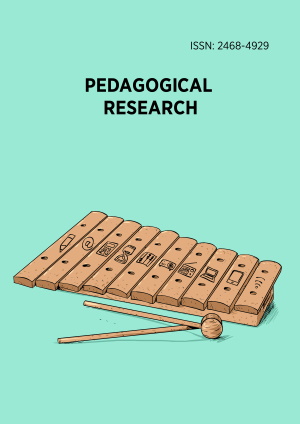Abstract
Due to rapid technological advancement that continues to permeate almost all facets of the education sector, video learning has been explored to enhance performance, but most researchers do not incorporate flipped classroom in mathematical videos, which affects the teaching and learning of the subject in Nigeria. This study checked the effectiveness of video learning in flipped and flipped collaborative classroom on mathematics students’ achievement and retention. Using a randomized controlled trial with repeated measures approach, 70 senior secondary school students were purposively sampled from two private secondary schools in Gombe State, Nigeria, out of which they were randomly assigned into two experimental groups: video learning flipped classroom and video learning flipped collaborative classroom (VLFCC). Data was obtained using a 30-item mathematics achievement test, which was validated and pilot-tested (r=0.93). Results were computed using descriptive statistics and two-way mixed design repeated measures analysis of variance. Findings revealed that while the students’ within subject performance improved tremendously in the post-test after the four-week treatment, the students in VLFCC performed better in both achievement (F[1, 69]=1,576.362, p=0.000, effect size of (ηp2) of 0.954) and retention (F[1, 69]=114. 119, p=0.000, with an effect size (ηp2) of 0.785. The finding has some implications for it exposes mathematics teachers, researchers, and policy makers to the credence of deploying video learning in flipped collaborative classroom to improve students’ performance by engaging students in collaborative learning in addition to watching pre-class videos, where students discuss in small groups in order to learn through observation, imitation, repetition and behavior modeling, thus making them to learn at their pace in order to construct their own knowledge.
License
This is an open access article distributed under the Creative Commons Attribution License which permits unrestricted use, distribution, and reproduction in any medium, provided the original work is properly cited.
Article Type: Research Article
PEDAGOGICAL RES, Volume 9, Issue 3, July 2024, Article No: em0213
https://doi.org/10.29333/pr/14699
Publication date: 01 Jul 2024
Online publication date: 11 Jun 2024
Article Views: 1344
Article Downloads: 705
Open Access References How to cite this article
 Full Text (PDF)
Full Text (PDF)